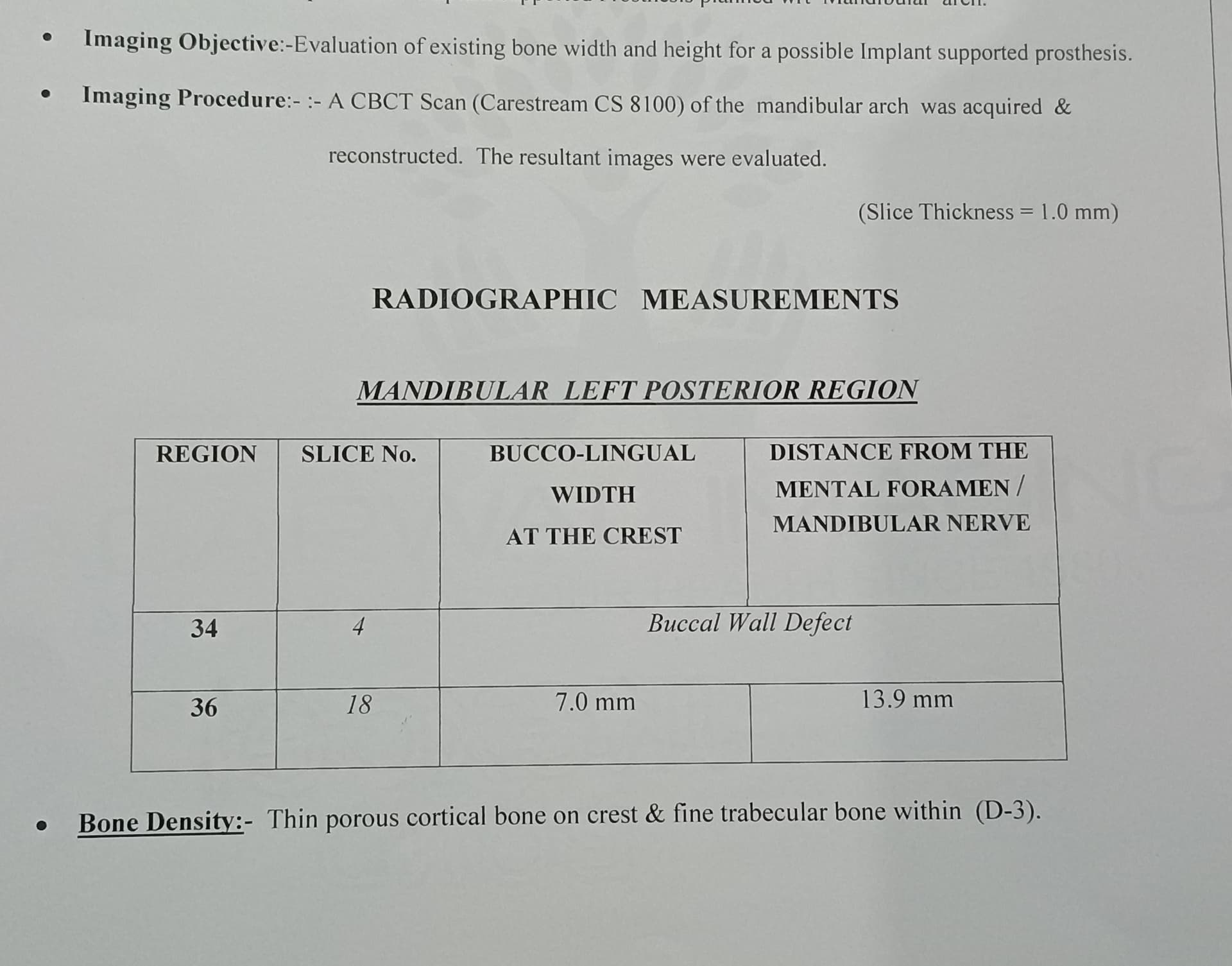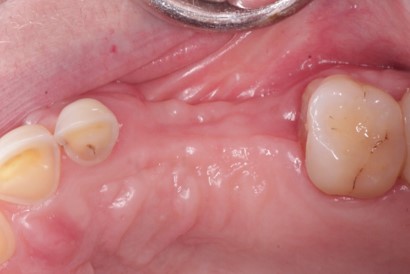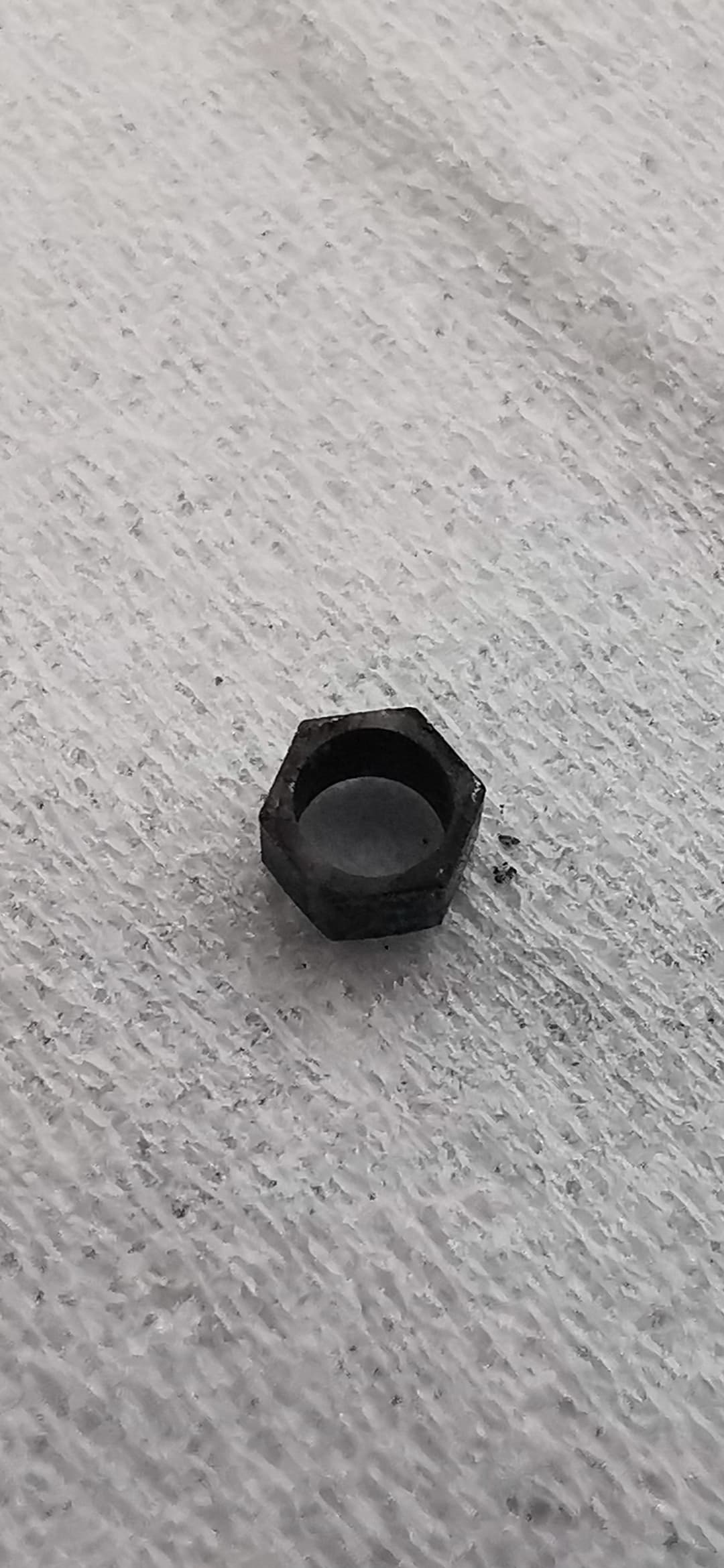Implants in the Anterior Mandible: Hemorrhage a Significant Risk?
Dr. S asks:
I have been treatment planning mandibular implants in the anterior mandible routinely for a hybrid type prosthesis. Some of the surgeons that I work with are concerned about an anatomical variation which could result in hemorrhage. The hemorrhage can be life threatening, even without perforating the lingual cortical plate. We usually ask the surgeon to complete a significant alveoloplasty. What is the likelihood of this complication and how can it be managed if it does occur? How do you detect the anatomical presentation that most likely will result in hemorrhage
and what can you do to prevent it?
12 Comments on Implants in the Anterior Mandible: Hemorrhage a Significant Risk?
New comments are currently closed for this post.
sag
5/10/2011
Unless the patient has a most unusual pathologic condition such as an AV malformation, life threatening bleeding from within the mandible is exceedingly rare if the risk exists at all. Obviously if the lingual cortex is penetrated during an osteotomy, one can encounter the lingual vasculature
How does one avoid a potential hemorrhagic event? Include in your diagnostic workup appropriate CBCT imaging to rule out any intraosseous pathology.
Dr. Amer A. Jasim
5/10/2011
There is no big vessels in this region and no obvious bleeding occur unless there is a ctenral haemangioma or bony aneurysim and this is easly seen by CBCT or even O.P.G.. If the CBCT rveals no pathological cavity, do not be warry and go ahead.
Dr J.
5/10/2011
It is perhaps the most dangerous area specially if the implants are place in the symphisis area ( there are a few blood vessels in the bone in a large percent{20-30%} of the population). Bleeding can occur even a few days after the surgery, specially older patients who have been under anti-coagulationtherapy. This will lead to sublingual area filling with blood and airway closure. Be very careful!!!
Dennis Flanagan
5/10/2011
The sublingual artery can be severed during an osteotomy near the midline even while the drill is completely intraosseous.(Flanagan JADA comment)Because the hemorrhage is above the myelohyoid there is little risk for serious morbidity. This is not the submandibular space which is life threatening. The artery is held fast by the symphysis bone and can be severed by the drill. The artery can then retract into the floor of the mouth and cause a large hematoma from blood coming from the cotralateral mate and the submental and incisve arteries. The hematoma should not be incised, allowing the pressure inside the hematoma to control the bleeding. The hematoma will resolve after about 1 week.
Scott D. Ganz
5/10/2011
The anterior mandible is consistent in that it is different in every patient presentation. CBCT is the best way to visualize this area to see not only the bone topography, but the often hidden extent of the vessels in the area. It should be noted that this area can cause significant damage if treated without a complete understanding of the local anatomy - as has been noted in many articles in the literature - see below.
I have a chapter in Stu Froum's textbook on Implant Complications... and I deal with this topic as well as cite the articles below - (not all inclusive) of what's out there.
Cross-sectional images are most helpful in visualizing the unique and individual anatomy in the anterior mandible - and can usually detect vessels in the area quite well.
Hope this helps.
Hofschneider U, Tepper G, Gahleitner A, Ulm C. Assessment of the blood supply to the mental region for reduction of bleeding complications during implant surgery in the inter-foraminal region. Int J Oral Maxillofac Implants 1999; 14: 379–83.15.
Flanagan D. Important arterial supply of the mandible, control of an arterial hemorrhage, and report of a hemorrhage incident. J Oral Implantol 2003; 29: 165–73.16.
Kalpidis CD, Setayesh RM. Hemorrhage associated with endosseous implant placement in the anterior mandible: a review of the literature. J Periodontol 2004; 75: 631–45.20.
Isaacson TJ. Sublingual hematoma formation during immediate placement of mandibular endosseous implants. J Am Dent Assoc 2004; 135: 168–72.21.
Boyes-Varley JG, Lownie JF. Hematoma of the floor of the mouth following implant placement. SADJ 2002; 57: 64–5.22.
Niamtu J III. Near fatal obstruction after routine implant placement. Oral Surg Oral Med Oral Pathol Oral Radiol Endod 2001; 92: 597–600.23.
Mordenfeld A, Andersson L, Bergstorm B. Hemorrhage in the floor of the mouth during implant placement in the edentulous mandible: a case report. Int J Oral Maxillofac Implants 1997; 12: 558–61.24.
ten Bruggenkate CM, Krekeler G, Kraaijenhagen HA, Foitzik C, Oosterbeek HS. Hemorrhage of the floor of the mouth resulting from lingual perforation during implant placement: a clinical report. Int J Oral Maxillofac Implants 1993; 8: 329–34.25.
Darriba MA, Mendonca-Caridad JJ. Profuse bleeding and life-threatening airway obstruction after placement of mandibular dental implants. J Oral Maxillofac Surg 1997; 55: 1328–30
Mardinger O, Manor Y, Mijiritsky E, Hirshberg A. Lingual perimandibular vessels associated with life-threatening bleeding: an anatomic study. Int J Oral Maxillofac Implants 2007; 22: 127–31.
cory c.
5/10/2011
i've only had a sizeable bleed into the floor of the mouth one time while placing implants in this area and it wasn't life-threatening but it did create a huge hematoma under his tongue that scared me.he had zero residual ridge but i don't believe i perforated the lingual plate....the implants are still solid and asymptomatic 10+yrs. later.it lasted about a week.now days if theres no ridge i only place mini or micro implants in this area and treatment plan them for a few more than usual....much less invasive and similar retention/support if you add a few more.
Idt
5/11/2011
Sublingual is only in the posterior mandible that can lead to severe hemorrhage. Anterior mandible can contain branches of the lingual artery. Cbct will shows these branches. If encountered within the bone which is very rare it will cause implant to fail however no severe trauma will occur. If the lingual plate is perforated and the lingual artery is torn hemorrhage will occur. In both sublingual and lingual situations it is once recognition of hemorrhage it is important to place gauze with finger pressure as the tounge space will fill up with blood and try to close the airway. It is recommended in these situations to call EMS at this point unless you are experienced enough to deal with these situations. Rare as it is it can lead to fatality if not treated correctly.
Thomas Cason MFOS
5/11/2011
Thank you Dr. Ganz. Well written and I hope clinicians take heed of what's written in those articles. Always be wary of this type of thing. Sometimes I prefer to deal with a gunshot than an implant in the anterior mandible!!
Aslan Gokbuget
5/12/2011
I am totally agree with Scott..thans Scott remanding this important issue..
Richard Hughes, DDS, FAAI
5/12/2011
Yes, one has to respect the anatomy. So carefully plan your cases.
Dr. Mehdi Jafari
5/13/2011
In regard to Dr Scott Ganz's excellent comment on anatomic variations at the anterior mandible, I don't think that a simple CBCT will add much to our knowledge about the vascular structures of the area, unless the vessels or vascular deformities lie within the confines of the bony structures of anterior mandible.If there is a concern about the soft tissues at floor of the mouth, the surgeons in doubt,prefer to perform a DSA(Digitalized Subtraction Angiography) for external carotid artery and its lingual branch to asses the exact formation- or malformation -at that area.
Dr Mario Marcone
5/30/2011
Cher Confrère,
Here is a very recent article that treated this subject...
Hemmorhage Related to Implant Placement in the Anterior Mandible, Jo et al, Implant Dentistry 20(3), June 2011..
Best Wishes


















